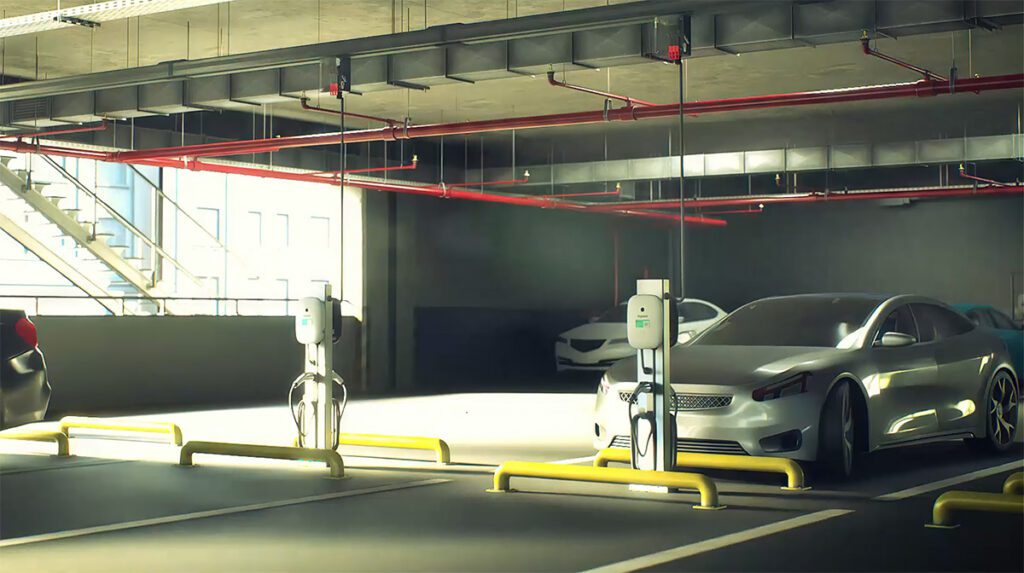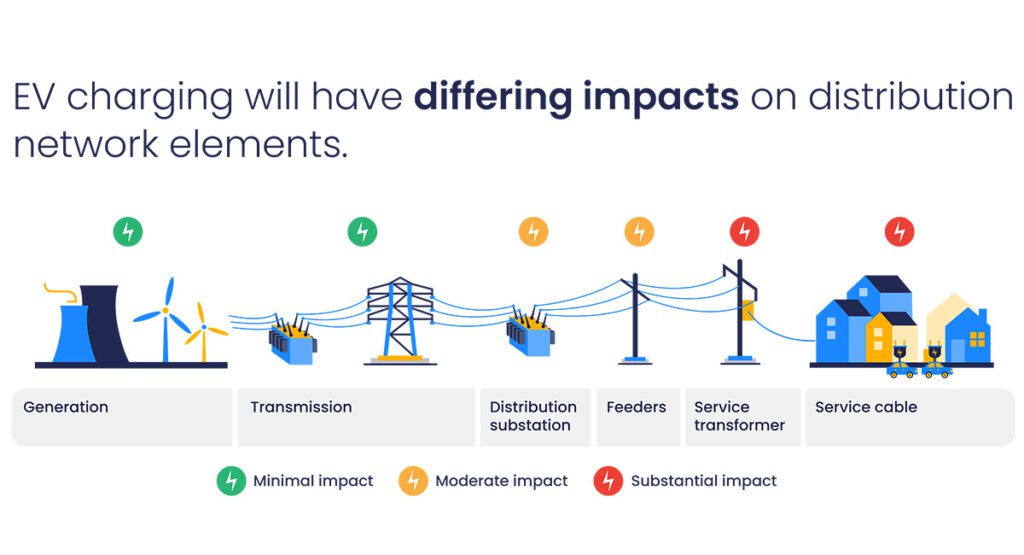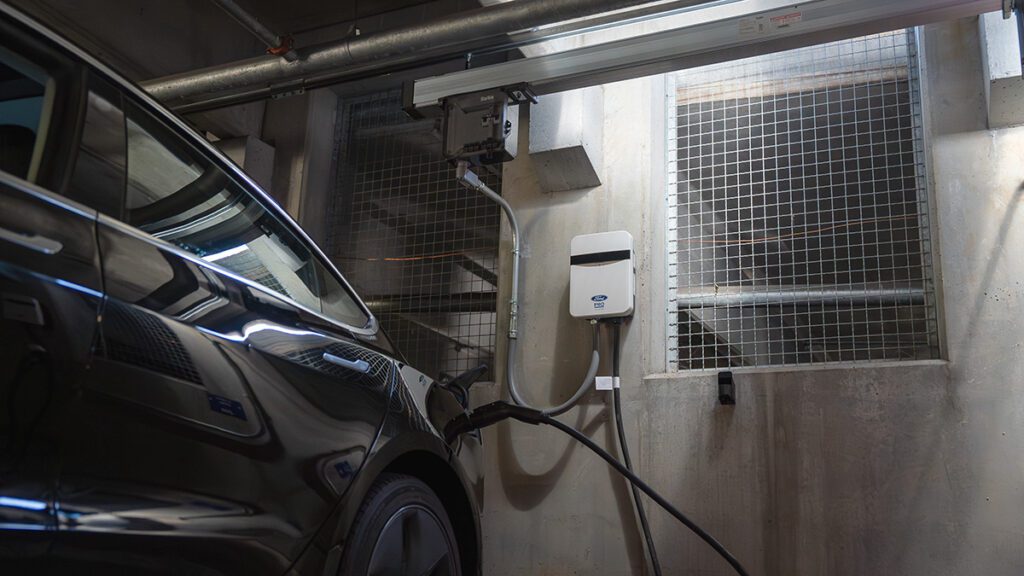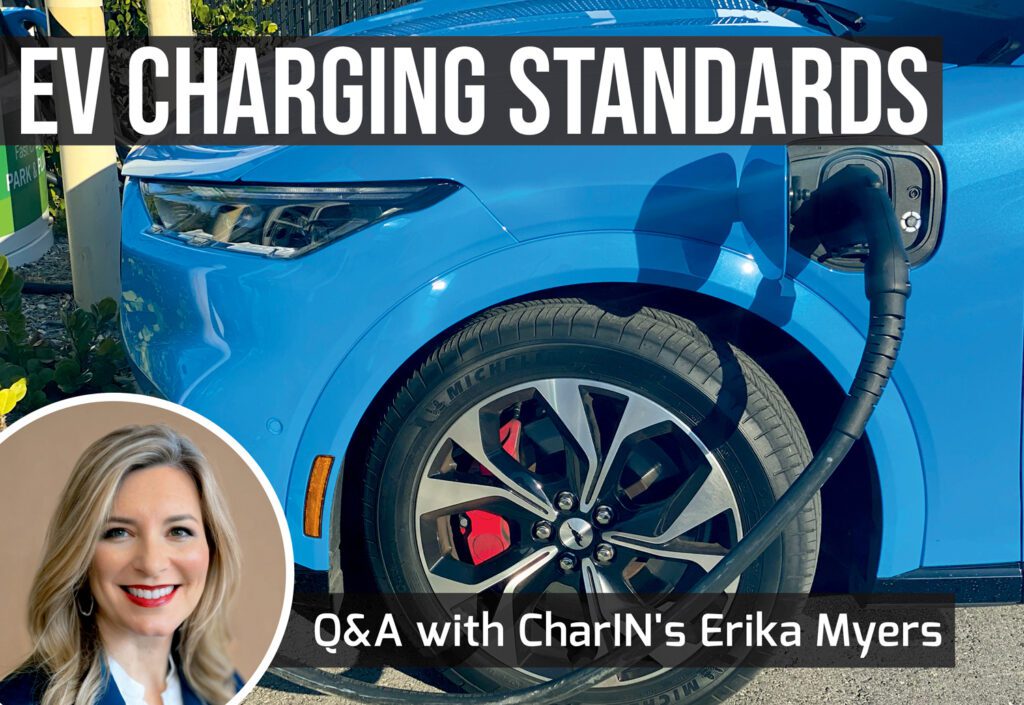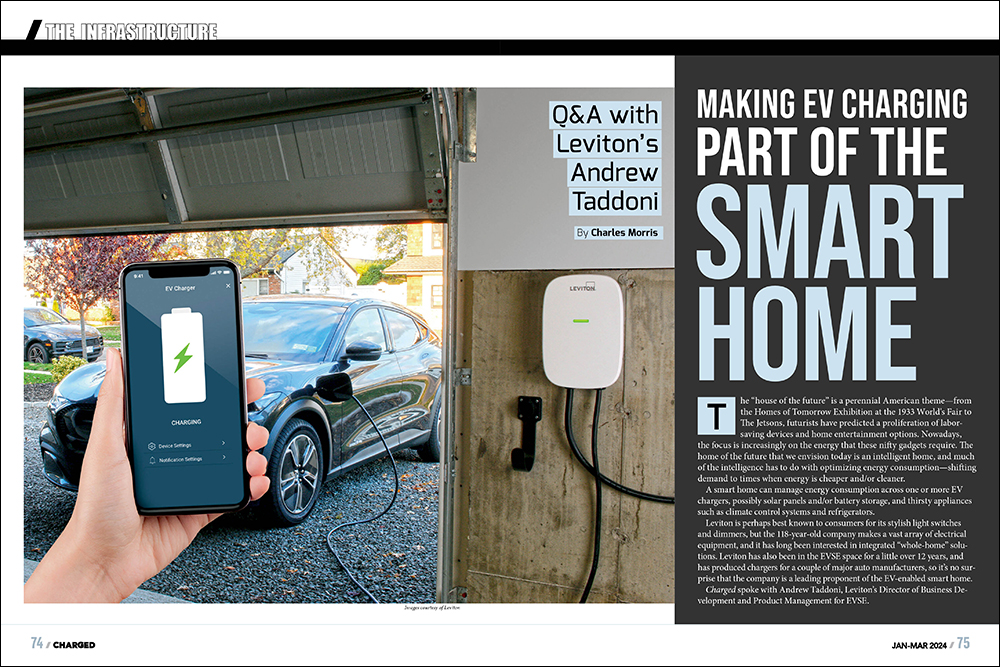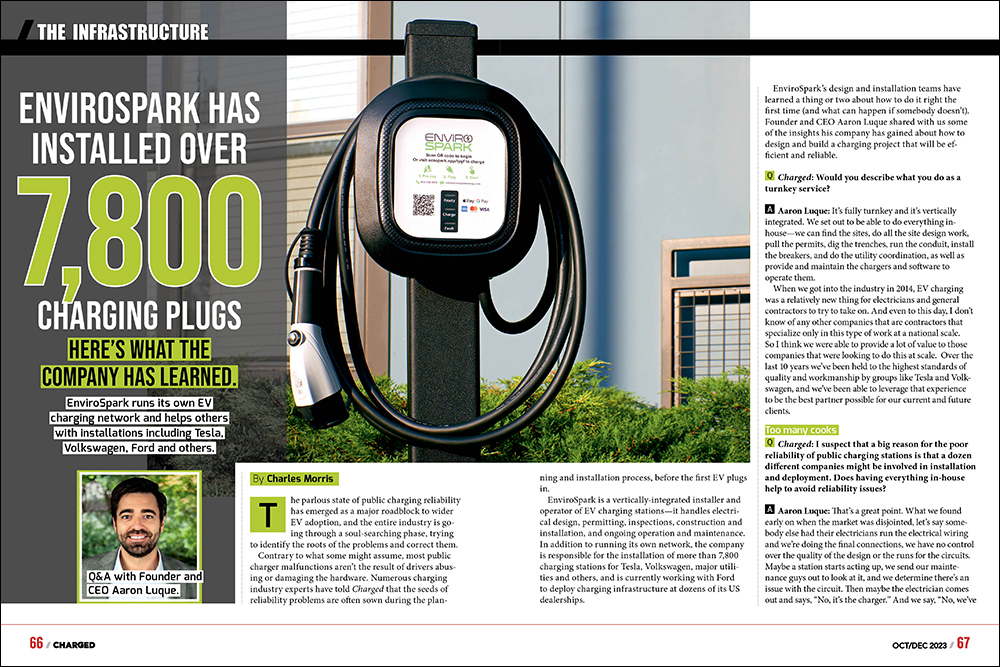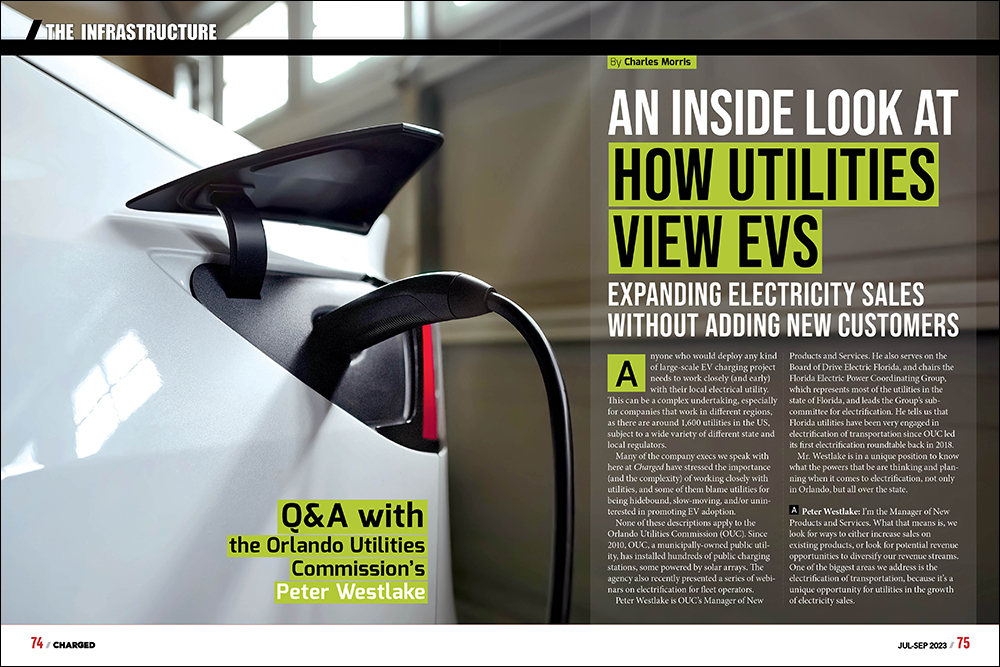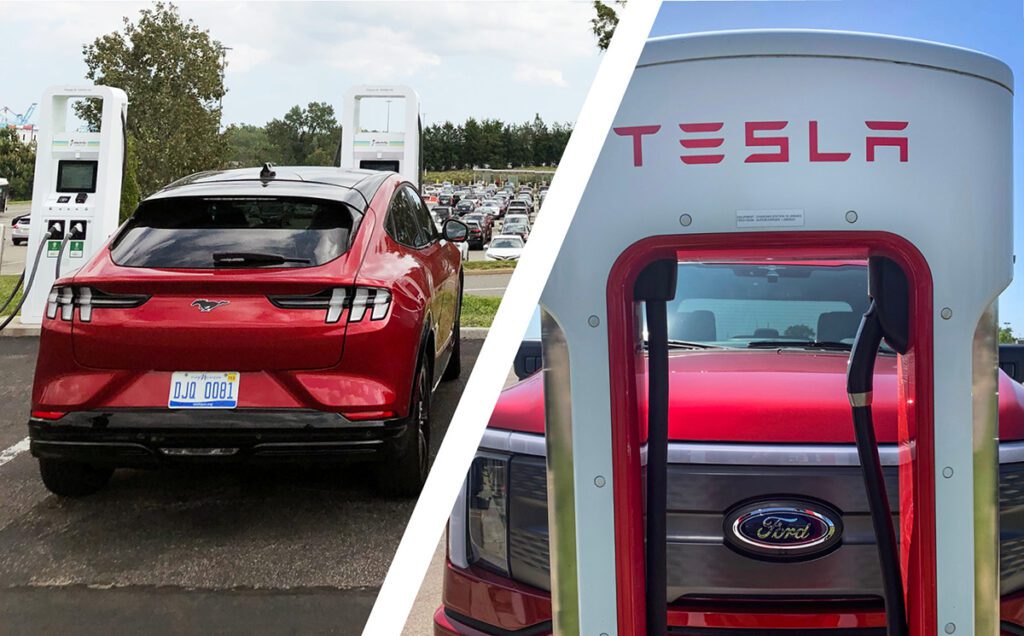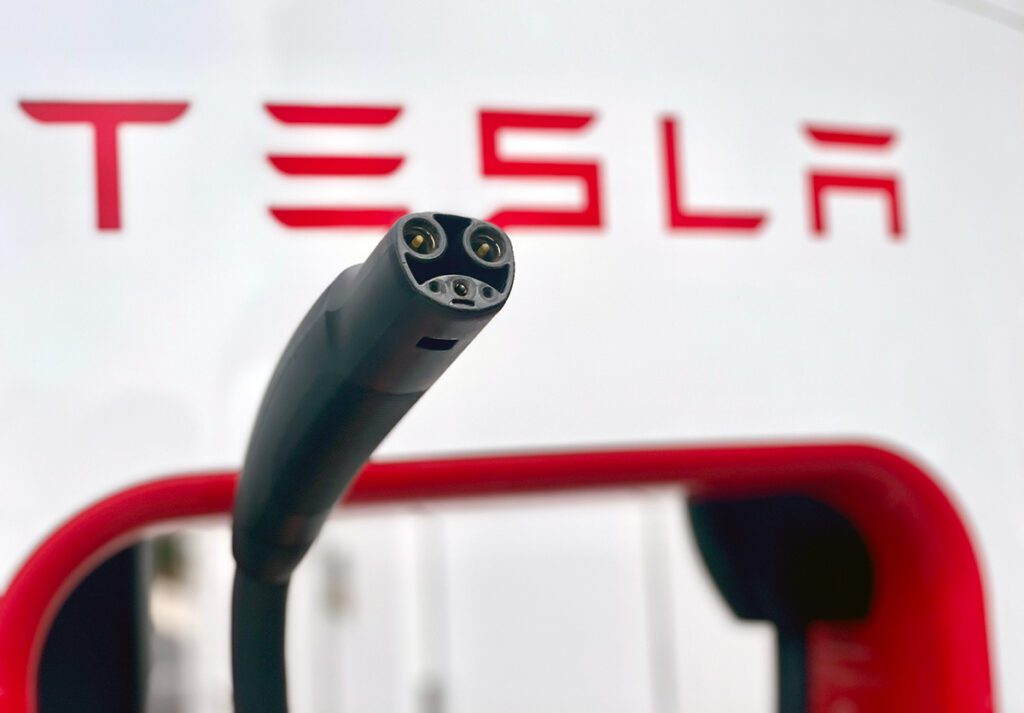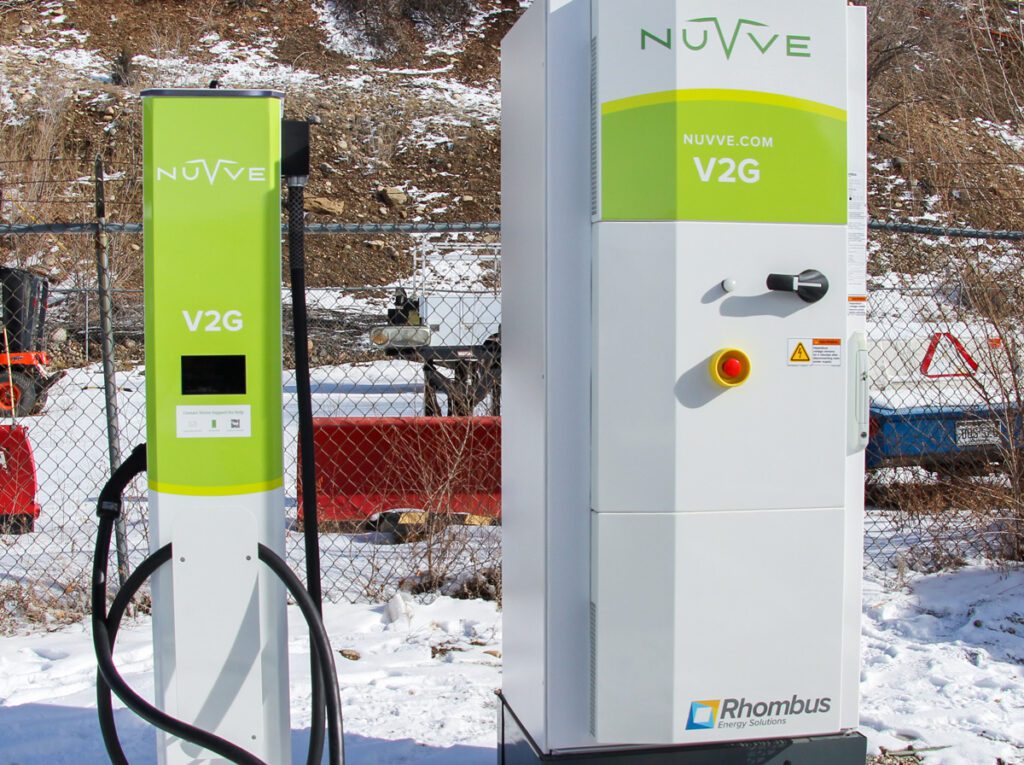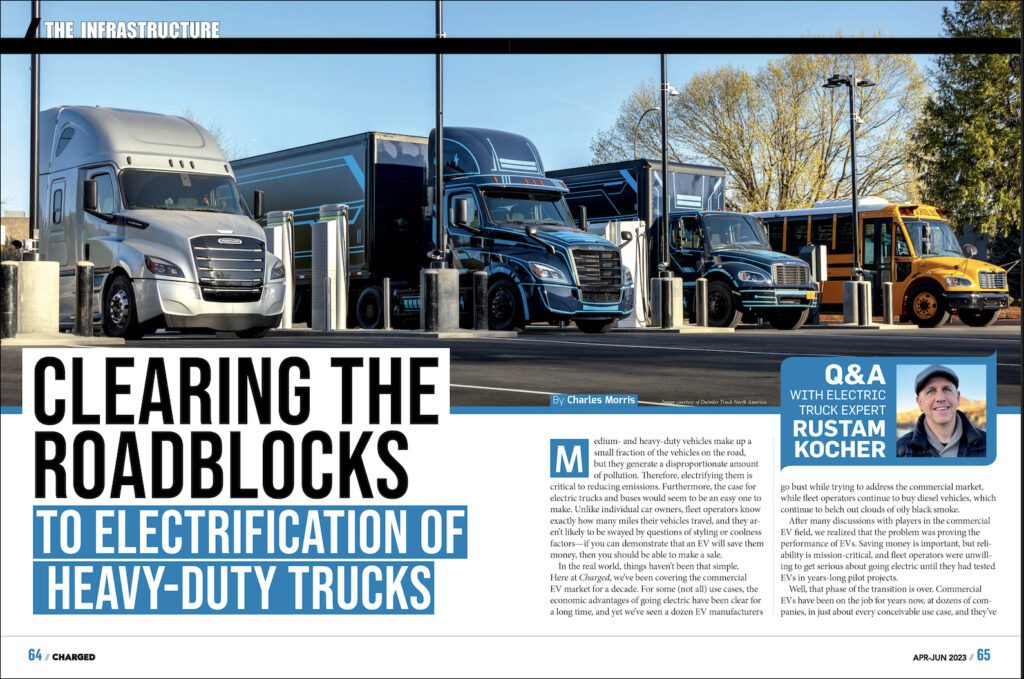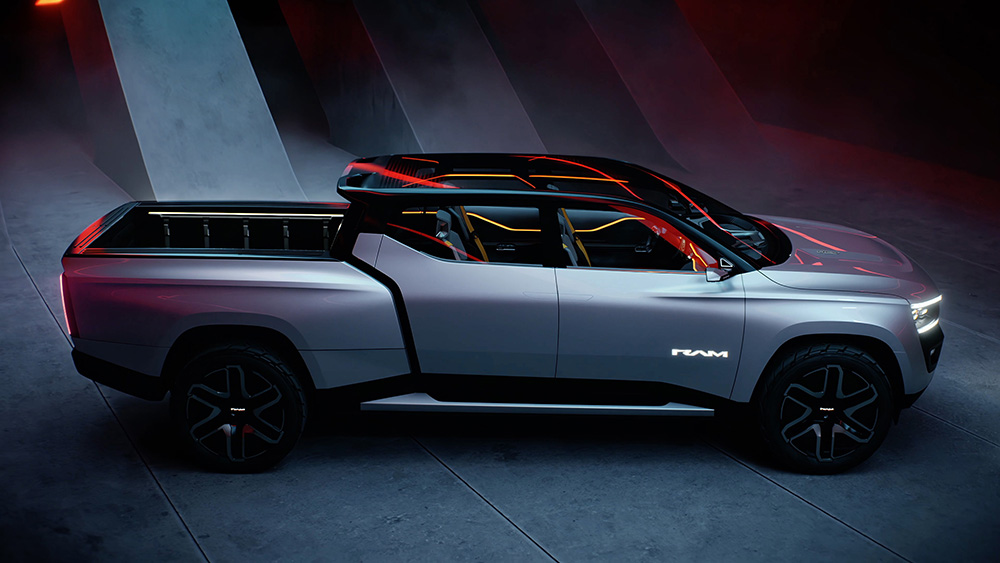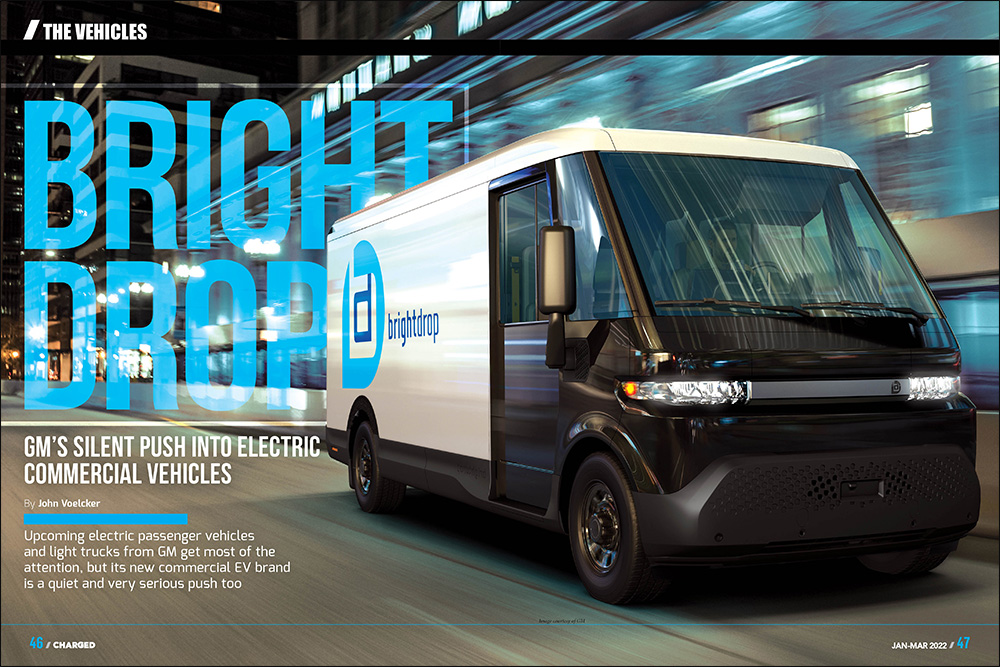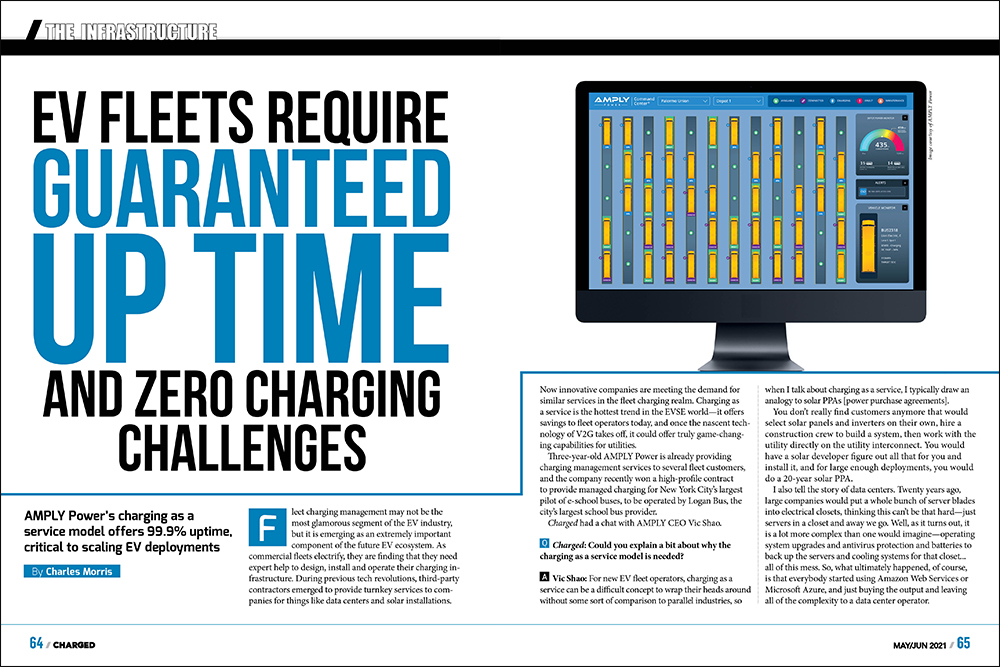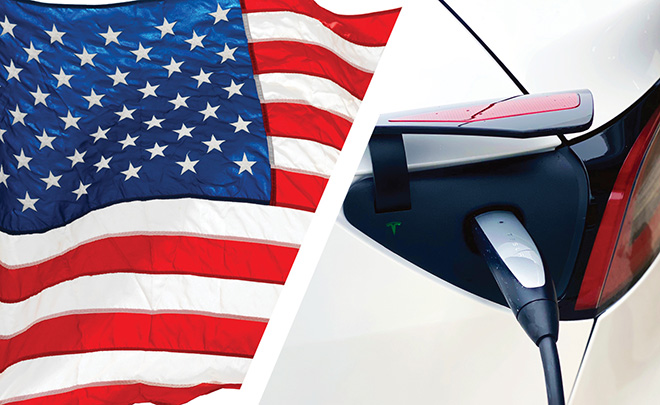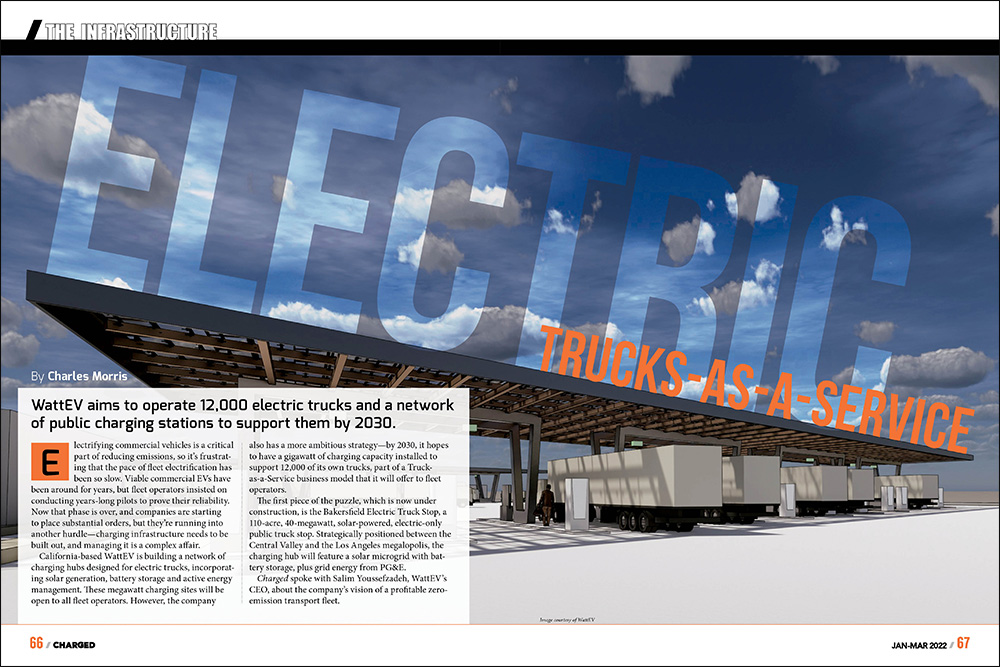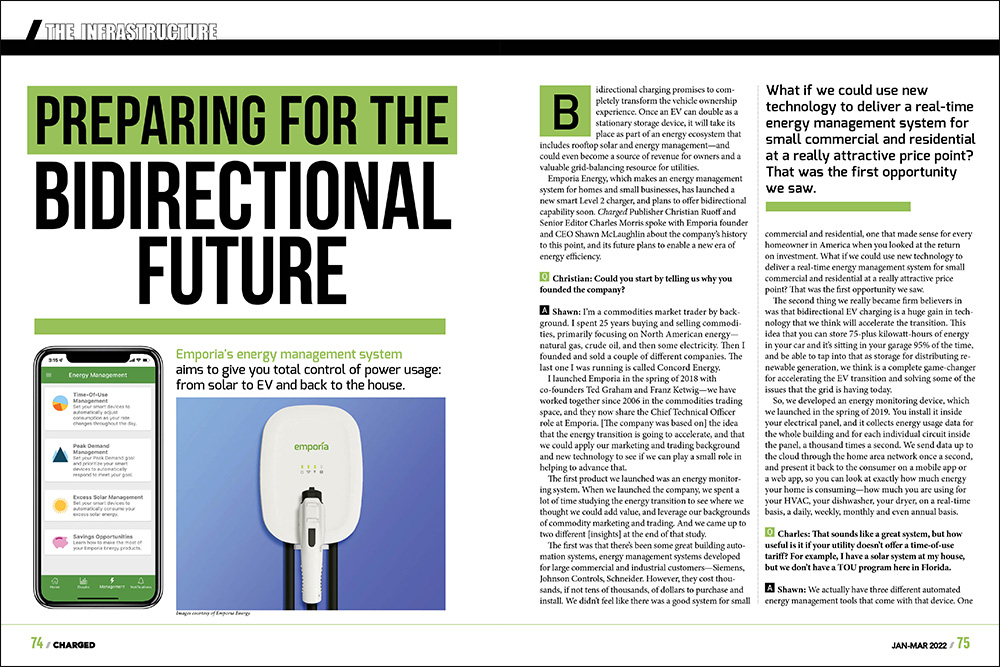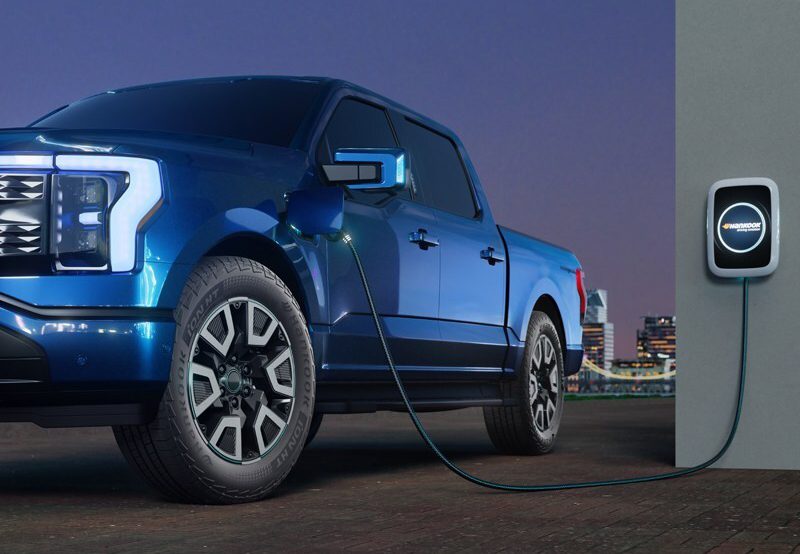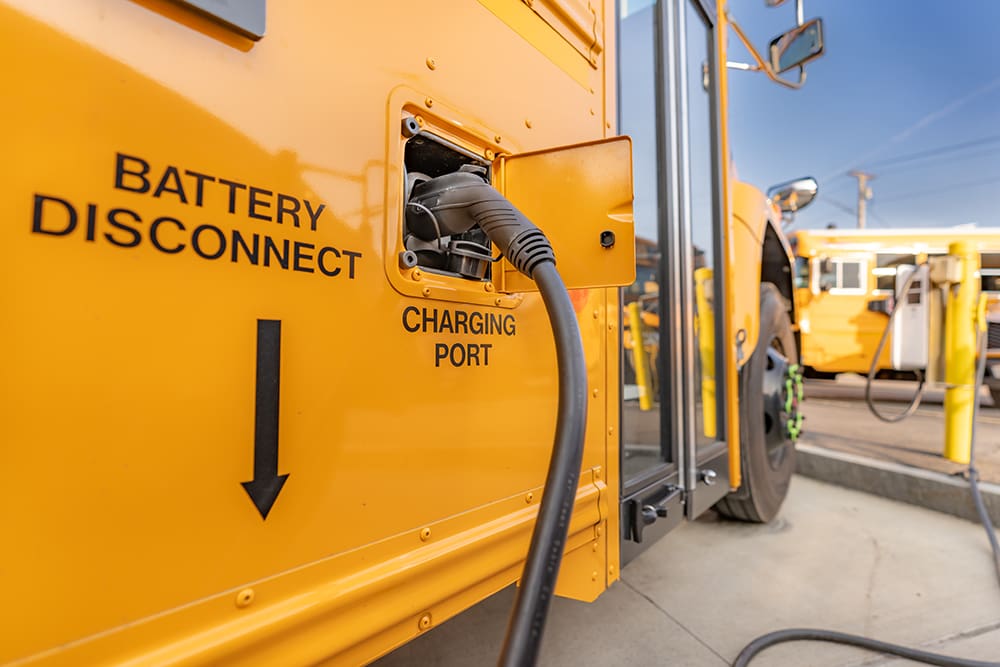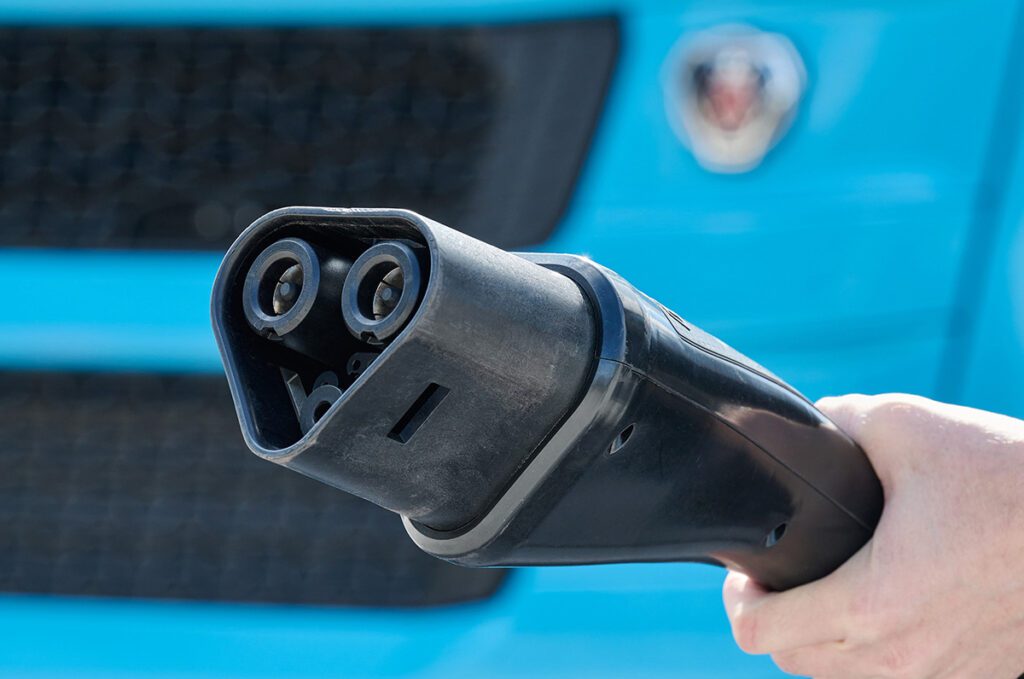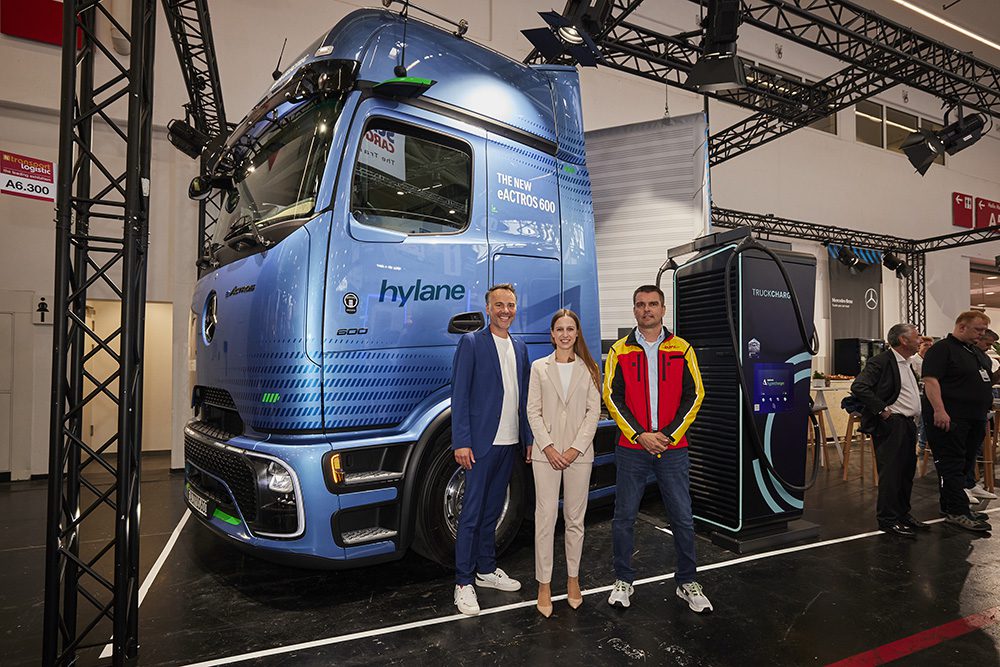The DOE intends to select up to four projects. Selected teams will have three years to integrate their wireless charging technology into a “light duty GCEDV.”
The DOE will award up to $12 million under a new funding opportunity to develop wireless chargers for what it calls “Grid-Connected Electric Drive Vehicles (GCEDVs).” The objective is to research and develop a feasible wireless charging system, integrate it into a “production-intent” vehicle, and demonstrate the benefits of static (and possibly quasi-dynamic) wireless charging.
According to the DOE, wireless charging could enable smaller battery packs, reduced vehicle weight and extended electric driving range. In the near term, static wireless charging offers convenient automated charging of a parked vehicle. In the medium term, quasi-dynamic wireless charging could work when a vehicle is not in motion but still in gear, such as when stopped at a traffic light. In the long term, dynamic wireless charging could deliver energy to moving vehicles en route to their destinations.
The DOE intends to select up to four projects. Selected teams will have three years to integrate their wireless charging technology into a “light duty GCEDV” and to test the performance in a demo fleet of at least five vehicles, which may be PHEVs or EVs. EVs must have a minimum electric range of 80 miles (oddly, this would seem to disqualify all of the EV models that are currently sold in the US).There’s a detailed list of design requirements, among which are that the system must provide power transfer efficiency greater than 85%, and nominal power transfer of at least 3.3 kW.
Specifications for this and many other energy- and mobility-related funding opportunities are at:
https://eere-exchange.energy.
Image: DOE
























